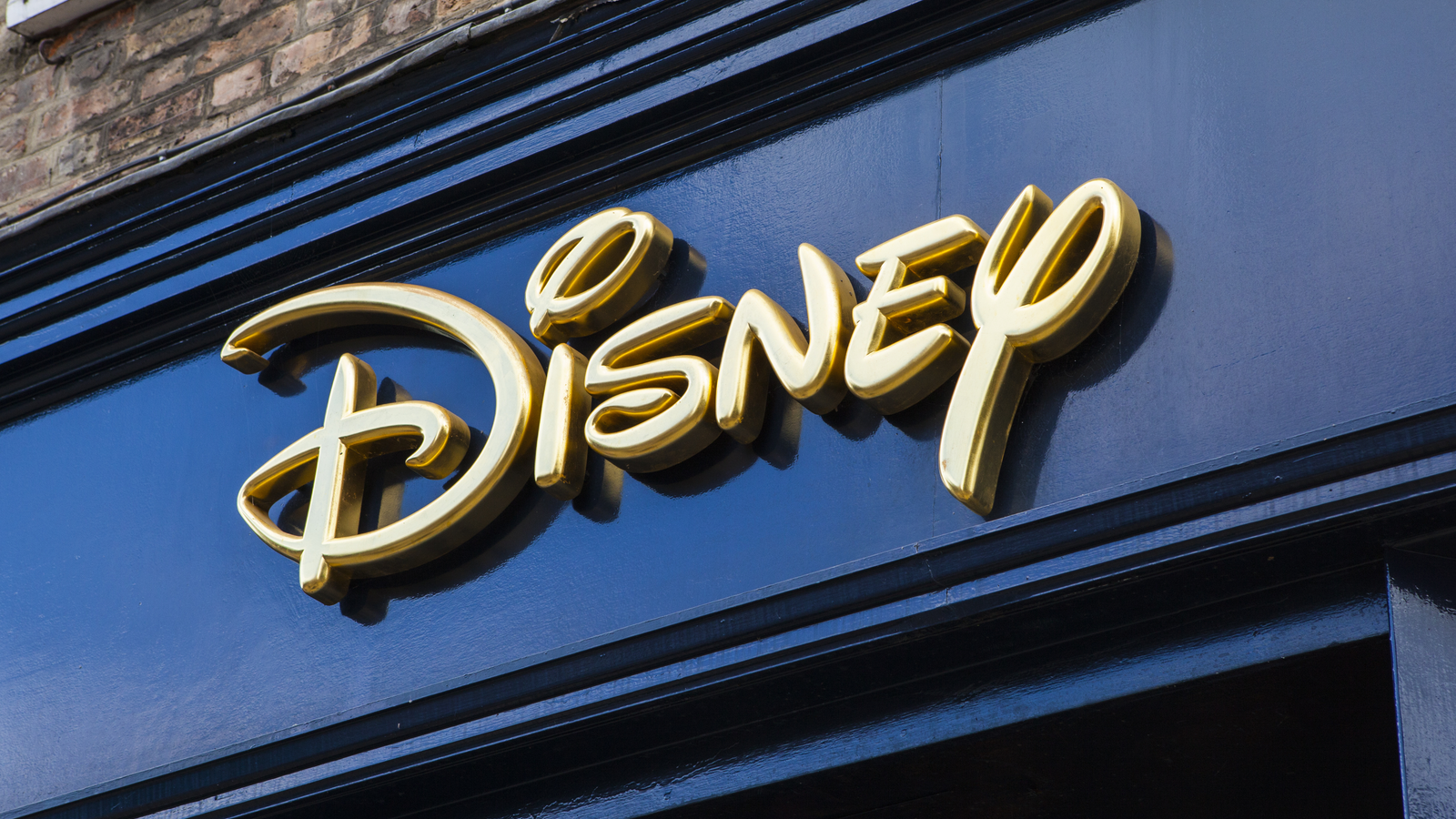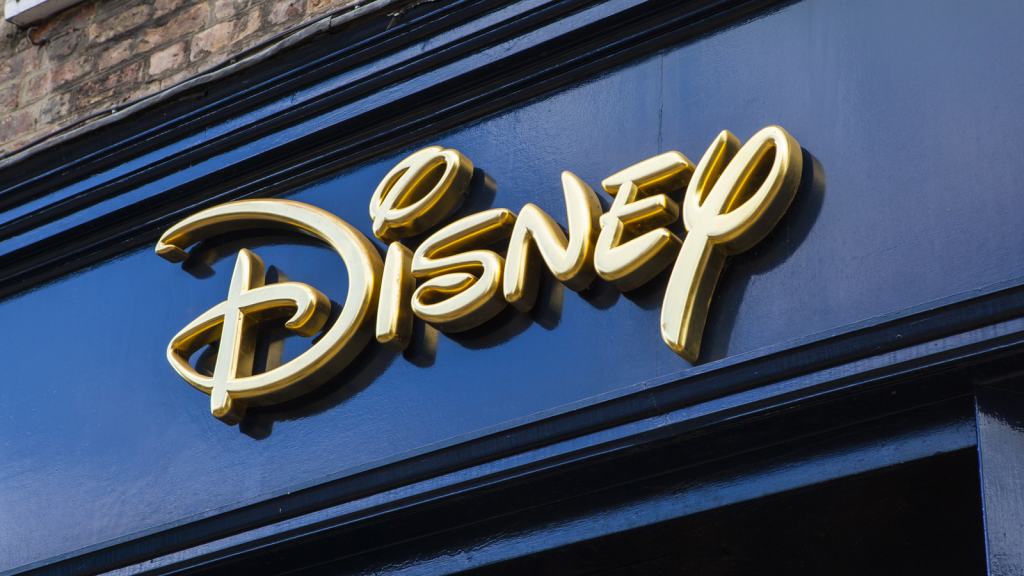- Disney (DIS) missed revenue and earnings expectations in the recent quarter.
- Disney’s parks are opening and streaming services are expanding.
- DIS stock has more downside and investors should wait for it to hit rock bottom.

Once a high-flying stock, The Walt Disney Company (NYSE:DIS) is being avoided by investors today. Nobody wants to invest in DIS stock after it reported results that showed it suffered heavily from the impact of the pandemic.
The developments are not too damaging for the company, but the current market situation has given investors a bearish attitude. Due to the challenges introduced by the pandemic, DIS stock has lost more than 40% in the past year.
The stock is trading at $105, closer to its 52-week low of $99. It is down 29% in the past six months and I believe there is more downside to it. Investors should wait for the stock to hit rock bottom before taking a position.
| DIS | The Walt Disney Company | $105.60 |
Parks Are Opening and Streaming Is Growing
Disney used to generate massive revenue from its Parks and Experiences sector before Covid-19. The shutdown of parks caused massive damage to the business, as the segment brought in zero income due to Covid-19 restrictions.
But parks are opening again, and the operating income from this segment in the recent quarter was $2.4 billion. That was significantly up from a loss of $119 million in 2021. Once the parks are back to business as usual, we will see Disney grow and it will have a positive impact on DIS stock.
Additionally, DisneyPlus launched in November 2019 and in less than three years, the company has earned an 18% market share for streaming video. As of the end of March, its streaming services have added more than 11.8 million subscribers and its total worldwide subscribers have reached 196.4 million.
This momentum is expected to continue in the coming quarters as the company expands its network. Disney has given solid competition to well-established players in the industry and might continue to do so in the coming quarters.
The Bottom Line on DIS Stock
Jonathan Kees, an analyst of Daiwa Securities, has lowered the stock’s price target from $201 to $151 per share and has maintained a “buy” rating. Analysts are weighing in on the news that Disney might be out to buy a tech company, and this could have an impact on the stock.
It recently came to light that Electronic Arts (NASDAQ:EA) has held talks with many suitors and Disney is one of the potential buyers. Some investors are of the opinion that the company is not the right fit for the video game giant, and this is affecting DIS stock.
Disney is a great business, but it is recovering from the damage done by Covid-19. It may take some more time to recover, but once its parks are in full swing again and the holiday season starts, we will see an improvement in its revenue numbers.
It has a bright future and several sources of revenue, but for now, it is best to sit back and watch where DIS stock goes. Take a position after it sees more downside — the payoff might not be quick, but the long-run reward will be worthwhile.
On the date of publication, Vandita Jadeja did not have (either directly or indirectly) any positions in the securities mentioned in this article. The opinions expressed in this article are those of the writer, subject to the InvestorPlace.com Publishing Guidelines.
